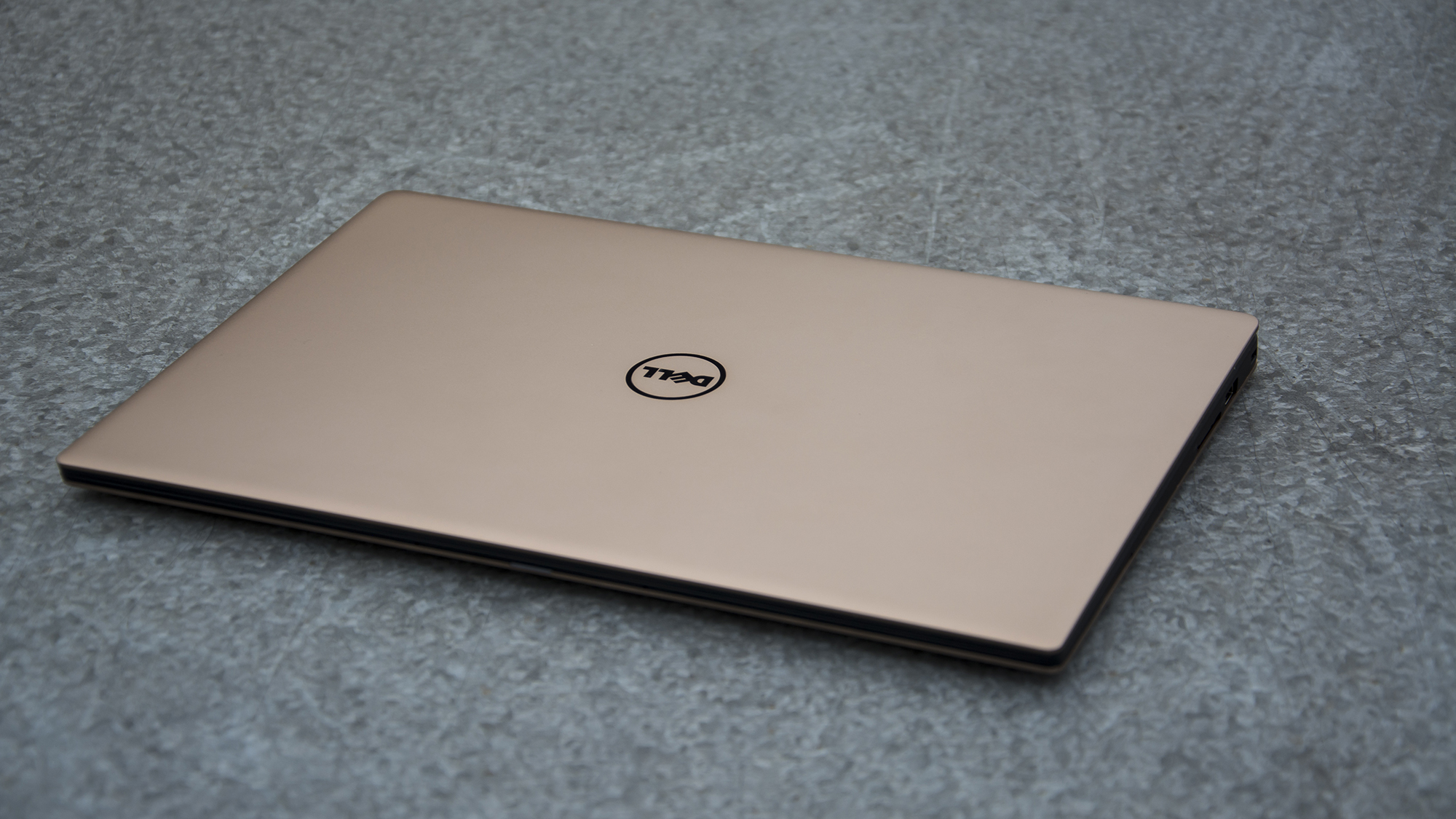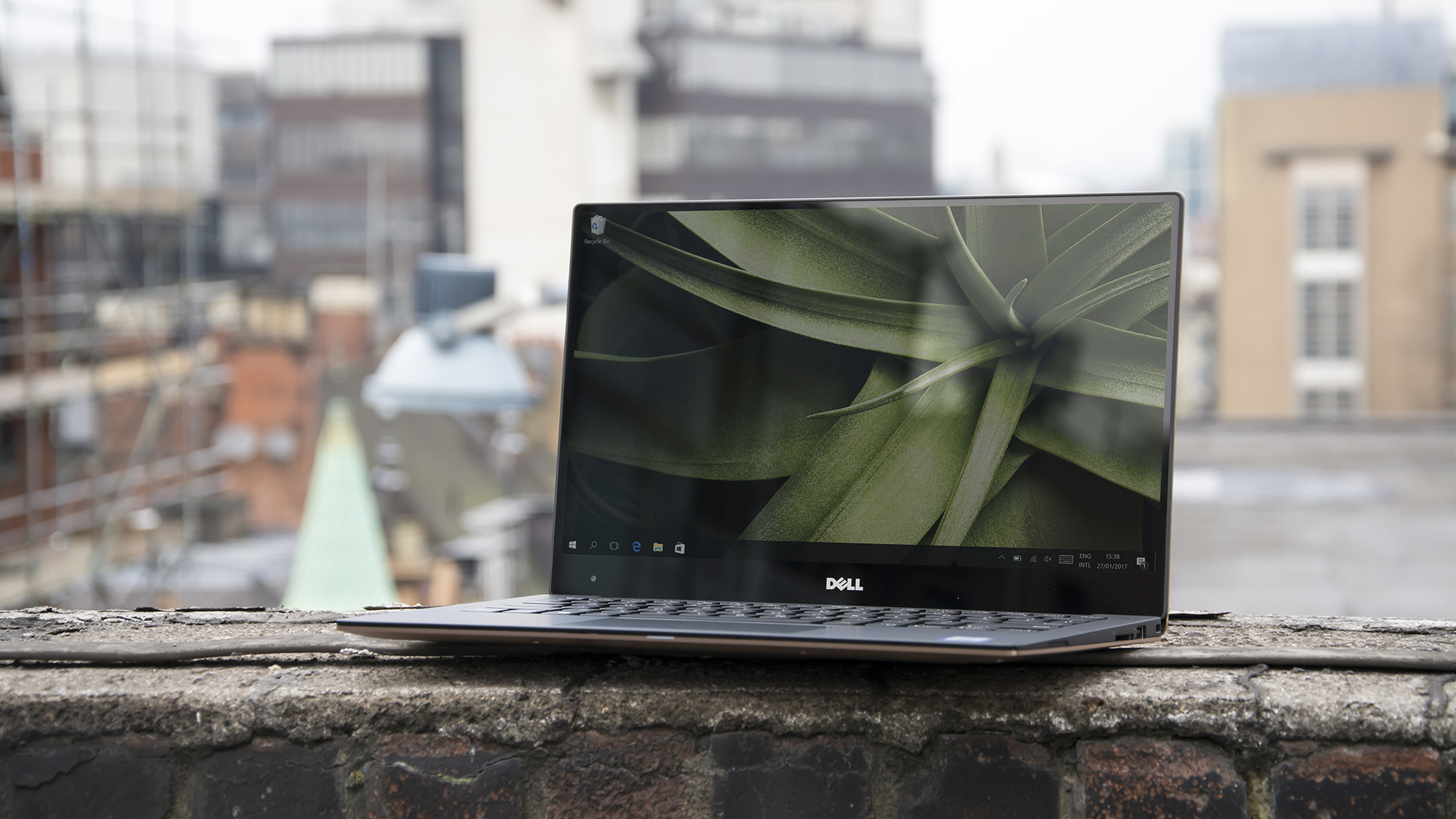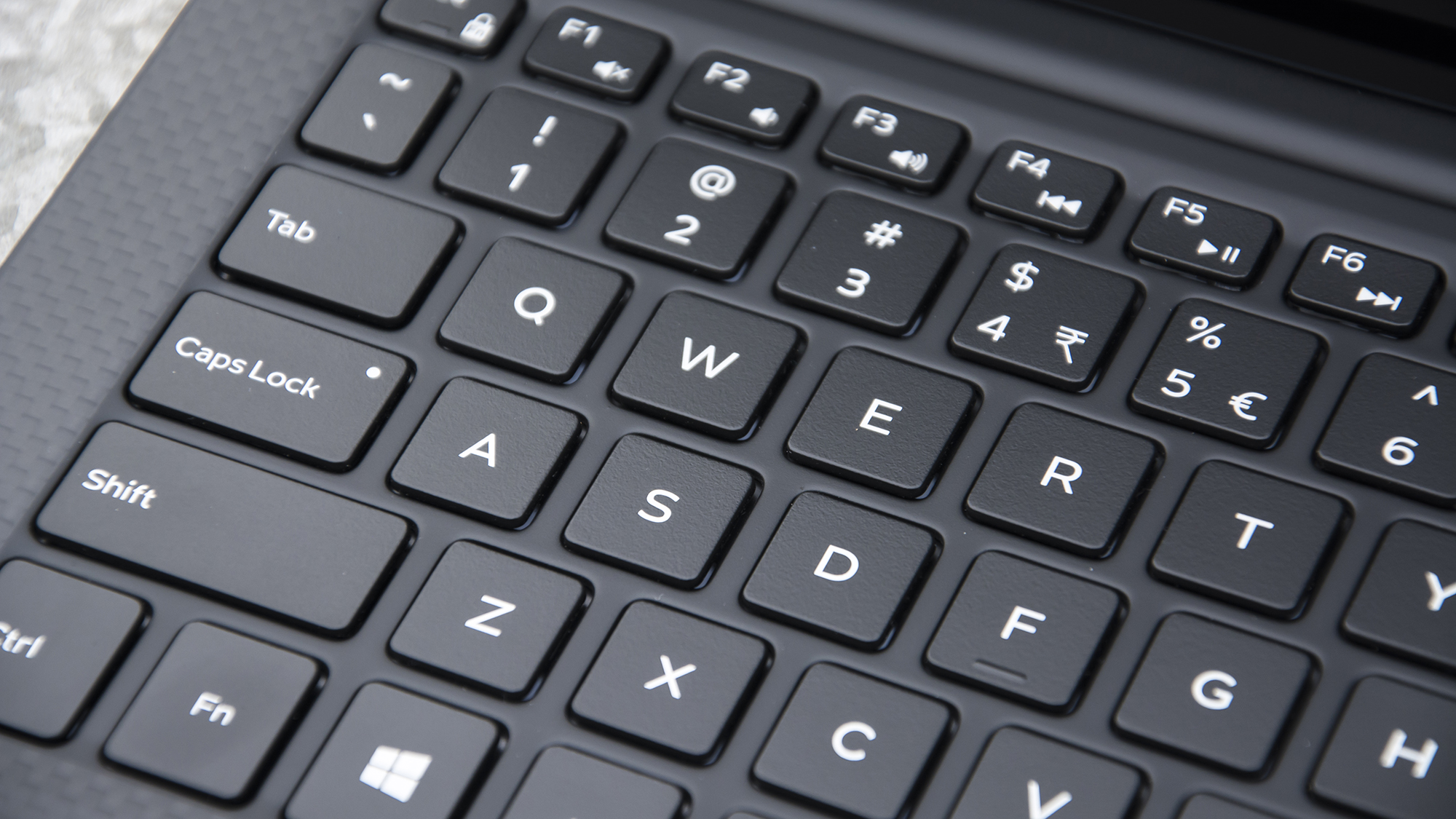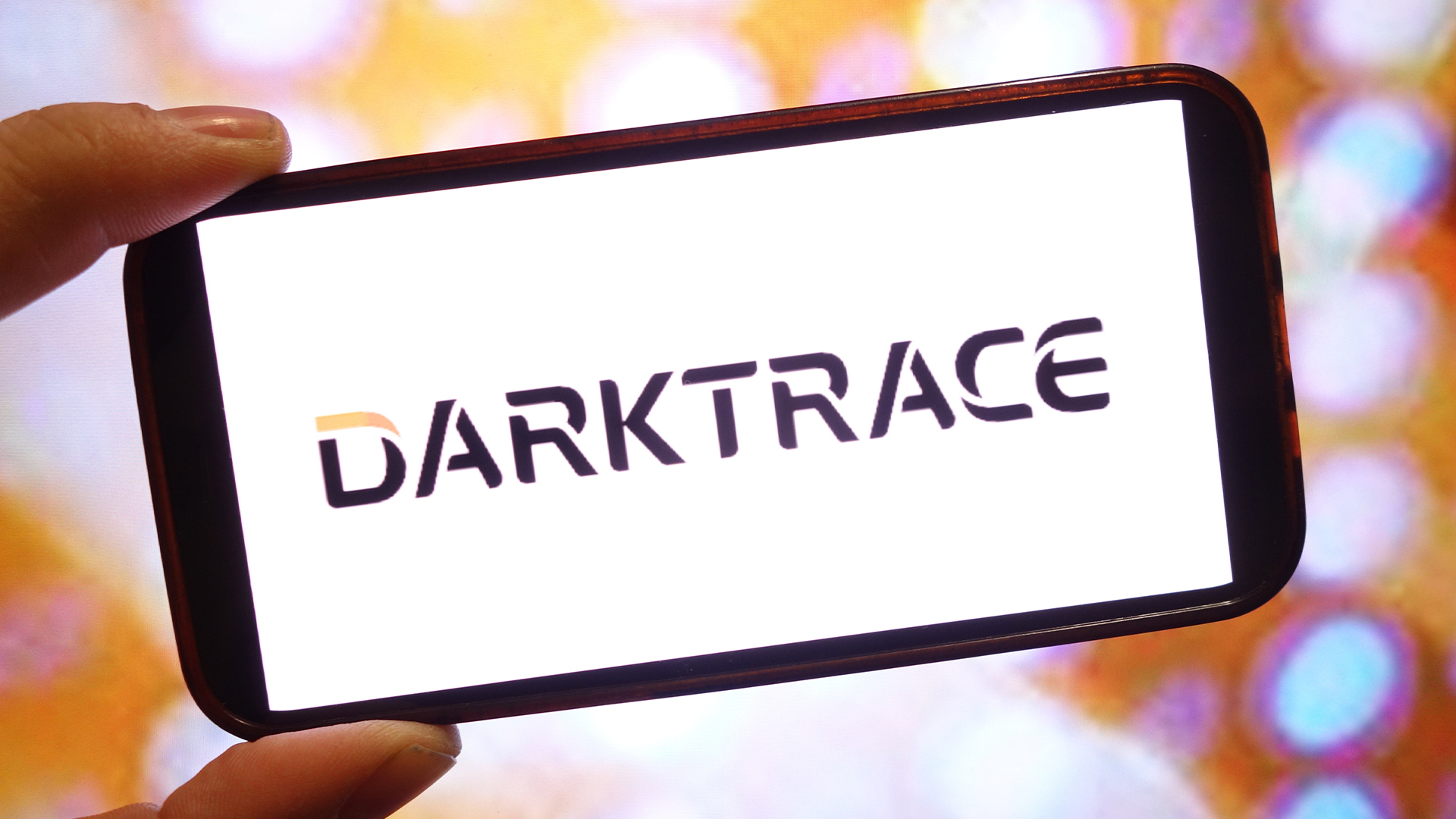Dell XPS 13 (late 2016) review
Performance upgrades turn a superb ultrabook into an essential work companion

An improvement on the already fantastic MacBook alternative, this is one of the best portable Windows 10 experiences available.
-
+
Infinity Edge screen is still breathtaking; Strong performing 7th gen Core i7; Generous port options; Attractive design
-
-
Disappointing battery life

The Dell XPS 13 may have been on sale for a year now, but that doesn't mean it's yesterday's news. This laptop can still give its competitors including the MacBook a run for their money and with a rumoured Intel "Coffee Lake" chip upgrade coming next year, it's still well worth considering this sleek device as your next computer.
Design
In reality, very little has changed from its previous model, although this is by no means a bad thing. On the outside the two iterations are almost identical, both featuring an aluminium chassis, a lid that tapers to an edge measuring just 9mm, two USB 3 ports, and one Thunderbolt 3 USB Type-C port. The only visible difference is that the newest model is available in a rose gold finish, as well as gunmetal grey.
Side by side it is difficult to discern any changes - so why the reboot? Well, the biggest improvements can be found under the hood.
Performance and battery life
While very little has changed on the surface, the real upgrades can be found on the inside. Dell has fitted the latest model with a seventh-generation Intel Core i7-7500U 2.7GHz processor, a much-needed boost over the sixth gen chip in the 2015 model. In our 4K benchmark tests, the quad-core Kaby Lake scored 50, a 9% performance increase over its predecessor. It's possible that this performance is about to get a further bump as well. The Dell XPS 13 is expected to be updated with Intel's latest Coffee Lake processor range in 2018. As for when this is likely to happen, it's hard to say. CES in early January seems an obvious choice, but Dell could wait until all the hubbub from the event has died down in order to make a bigger splash with its own announcement.
Though only a modest improvement, results were most likely bottlenecked by the 8GB RAM included in this model - there is a 16GB version, which would probably see more impressive numbers. Still, the upgraded processor will be welcome to those who find their older model begins to buckle under the strain of too many programs you'll find none of that this time round.

Sadly, there is a trade-off for that extra power, mainly a hit to the average at best battery. The XPS 13 managed to last just 7 hours 46 minutes in benchmark tests, a fairly disappointing lifespan compared to the 11 hours 30 minutes of the previous model. While this is enough to last a working day, especially if you're able to occasionally top it up, it's clear the device has issues with power efficiency. If you're a user that has come to rely on that impressive 2015 battery, upgrading could cause some issues.
Display
The screen is built using that familiar ultra-thin 'Infinity Edge' bezel that cuts away a lot of the excess border, a result that is undeniably gorgeous. It also frames a 13.3in, 1,920 x 1,800 display that features superb image and colour accuracies. As it covers 92% of the sRGB gamut, colours are wonderfully intense, while the contrast ratio of 1,109:1 ensures deep rich blacks and strong detail.
There is also an optional touchscreen available, which can come in handy in some instances, such as swiping between browser tabs. Although it's only 30 more, it adds 90g to its weight - ultimately an unnecessary luxury for most.
Dell has once again decided to place the webcam to the lower left of the display, rather than the standard centre top. It's a puzzling decision and an unwelcome hangover that makes finding a flattering angle for video chats needlessly difficult.
Keyboard and touchpad
The design of the keyboard on the XPS 13 is virtually identical to that of the 2015 model and for good reason it had already struck gold. Once again, the keys are well spaced out and provide a good amount of feedback with each keystroke. The keyboard is also backlit, a nice feature even if it is largely standard for this price range.

The touchpad is also a decent size, despite the device's slim frame, with enough room to comfortably perform gestures, making it a compelling alternative to a mouse. Our only gripe is that it tends to attract greasy fingerprints, but in the grand scheme of things this is a minor issue.
It is always reassuring to see an ultrabook designed with comfort in mind, particularly given the increased usage a busy work schedule will bring, and the XPS 13 does not disappoint. Dell has fitted the keyboard with a velvety smooth, carbon-fibre surround that makes typing a genuine pleasure a welcome change from the cold metal surfaces of many other devices in this price range.
Verdict
With the new and improved XPS 13, Dell has once again delivered one of the best Windows ultraportables on the market. Fans of the previous model will once again fall in love with Dell's 2016 offering, with all the comfort and style of last year's version combined with added performance.
It's certainly not the thinnest or lightest device on the market, but the ultra-thin bezel means that the footprint is much smaller than on other 13in laptops, making it vastly more portable than many of its rivals. Combined with the excellent display and sleek style, you'll be hard pressed to find a similar package in this price range.
If you already own the 2015 XPS 13, there are few improvements here to justify forking out on the upgrade, but for those looking for the best portable Windows experience, the latest Dell XPS 13 is a no brainer.
This review was originally published on 20 April 2017
Verdict
An improvement on the already fantastic MacBook alternative, this is one of the best portable Windows 10 experiences available.
CPU | Intel Core i7-7500U 2.7 GHz |
RAM | 8GB |
Storage | 256GB SSD |
Display | 13.3in, 1920x 1080 (‘Infinity Edge’) |
Ports | 1 x Thunderbolt USB Type-C, 2 x USB 3, SD Card, headphone jack |
Dimensions | 304mm x 200mm x 9-15mm, 1.29kg |
Get the ITPro daily newsletter
Sign up today and you will receive a free copy of our Future Focus 2025 report - the leading guidance on AI, cybersecurity and other IT challenges as per 700+ senior executives

Jane McCallion is Managing Editor of ITPro and ChannelPro, specializing in data centers, enterprise IT infrastructure, and cybersecurity. Before becoming Managing Editor, she held the role of Deputy Editor and, prior to that, Features Editor, managing a pool of freelance and internal writers, while continuing to specialize in enterprise IT infrastructure, and business strategy.
Prior to joining ITPro, Jane was a freelance business journalist writing as both Jane McCallion and Jane Bordenave for titles such as European CEO, World Finance, and Business Excellence Magazine.
-
 Google faces 'first of its kind' class action for search ads overcharging in UK
Google faces 'first of its kind' class action for search ads overcharging in UKNews Google faces a "first of its kind" £5 billion lawsuit in the UK over accusations it has a monopoly in digital advertising that allows it to overcharge customers.
By Nicole Kobie Published
-
 Darktrace unveils tailored AI models with a twist for its cybersecurity agent
Darktrace unveils tailored AI models with a twist for its cybersecurity agentNews Darktrace has announced new AI models for its agentic AI security tool, but it's taken a novel approach to tackle hallucinations.
By Rory Bathgate Published
-
 This tech company wants to pay staff to look after their mental and physical wellbeing
This tech company wants to pay staff to look after their mental and physical wellbeingNews Hot on the heels of its four-day week trial, tech company Thrive is offering staff new incentives to take care of their mental and physical wellbeing.
By Ross Kelly Published